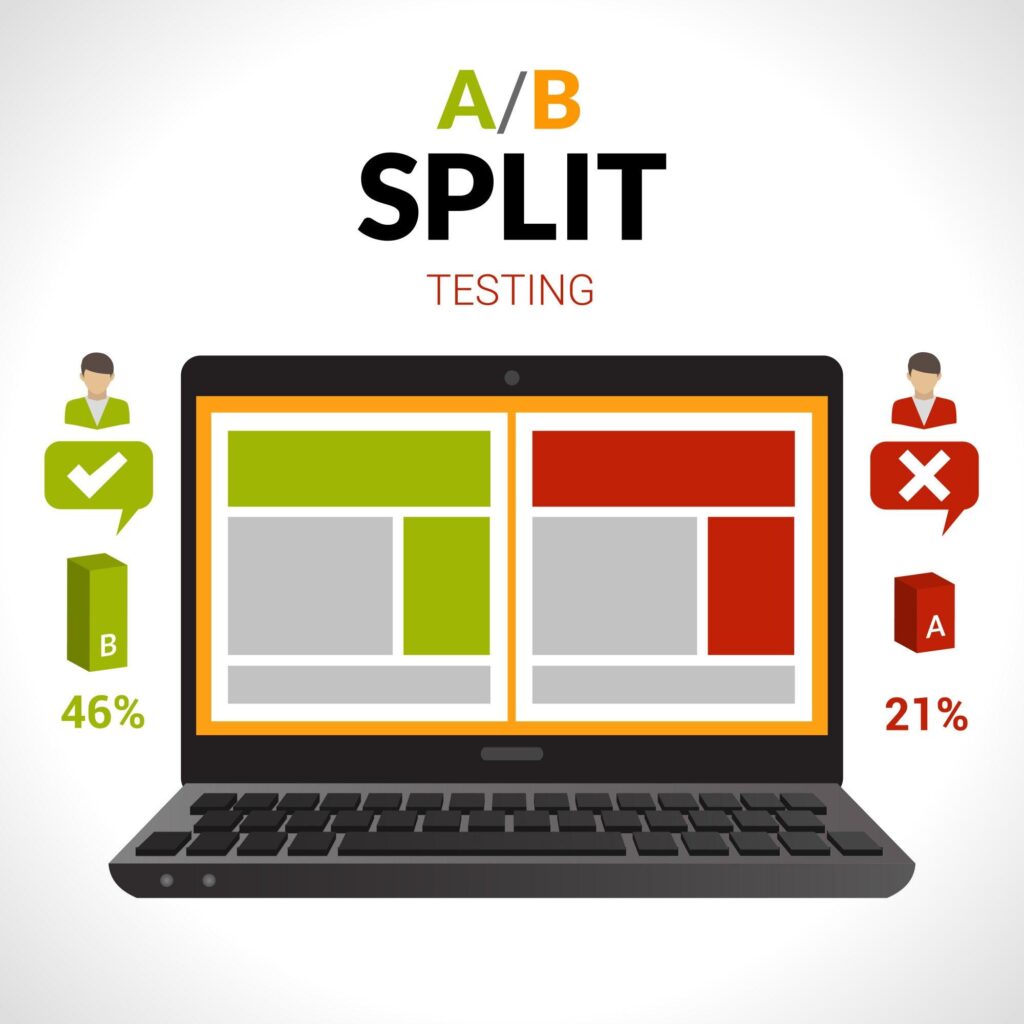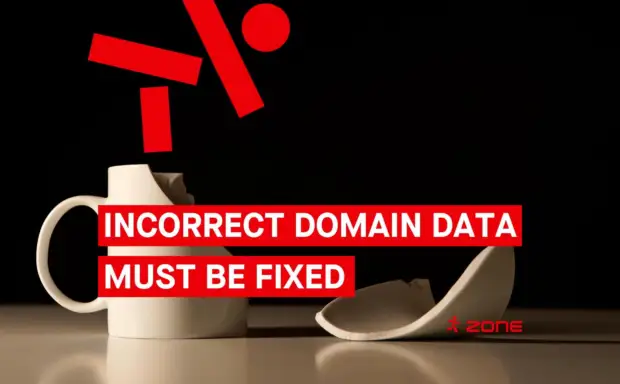Have you ever heard of concepts like A/B testing, split testing or multivariate testing? These words might sound like something deeply scientific, which can discourage quite a few entrepreneurs and marketers at first. That’s why we would like to show you in this article that A/B testing is actually not that difficult. Let’s take a closer look at why such e-mail testing is useful and why you might want to include it in your e-mail marketing tasks.

What is A/B testing and how does it concern your e-mails?
Simply put, A/B testing means the testing of different variables for a single e-mail campaign. Testing of e-mail parts is a popular and encouraged practice today, and such testing is also used for other digital media.
What does it look like for e-mail marketing? Let’s say you’re creating an e-mail template and can’t decide whether you’d prefer a bright orange or light blue CTA button. You think both look great, invite to click and fit in with the rest of your e-mail design. This is where A/B testing comes in, allowing you to try both colours of CTA with one and the same e-mail.

When you test these two colour options, randomly generated test groups from your mailing list will receive different versions of your e-mail message. In other words, some people will receive this e-mail with an orange CTA button and others will get a blue CTA button. Based on the results, you can judge which button is better liked by people.
One could also perform A/B testing manually, but this is a rather time-consuming process. That’s why you need to a tool to help you with all this. For example, the Smaily platform offers its customers an automated A/B testing functionality.
Keep in mind that you can test a lot of things – subject lines, sender names, the body text of the e-mail message, images, and more.
Test the elements of your e-mail to create a stronger connection with your customers
To be successful and sell your products and services, you need a warm relationship with your audience. To connect with your customers, you can try to find out which approach they like best.
Where to start? First of all you must plan ahead. Consider the different e-mail elements you would like to experiment with and why you would like to do so. What do you want to achieve with your message or e-mail campaign? For example, you could try to identify potential variables that might improve your poor e-mail open rate. An excellent way to get started is to test your subject lines – their effectiveness is one factor that largely decides whether your e-mails are opened at all.
Once you have selected the elements to be tested it is a good idea to analyse the choices you made and draw up a more detailed plan.
Let’s use the testing of subject lines as an example. We could choose many different options here, such as:
- longer vs. shorter subject lines;
- question vs. claim as the subject line;
- formal or serious vs. informal or playful tone used for the subject line;
- FOMO-inducing subject line vs. a subject line using calm tone;
- laying stress on the advantages of the goods you are selling vs. mentioning the discount in the subject line;
- adding an emoji to your subject line vs. not adding one.
- Experimenting with different phrases and much more.
All these properties of your subject line may have a different impact on the open rate of your e-mails. You can run similar tests several times over time to track different trends and tendencies of your subscribers’ preferences. In addition to that you can segment your mailing list according to their preferences. Your mailing list consists of different people as well, and you may find that people belonging to one segment prefer more FOMO-inducing subject lines while another segment likes subject lines using a calmer tone. You could also find out that e.g. a certain age group responds more positively to the use of emojis in your subject lines than another group. If you have international audience in your mailing list, you could also use A/B testing for localising your e-mails.

Note! Be sure to avoid testing several different elements with one A/B test – otherwise you cannot be sure what exactly you are measuring. Let’s see the following example:
Your objective is to find out the best style for the subject line of your e-mail. If you would use one subject line and a copy for version A of the e-mail to be tested, and create a different subject line and copy for version B to be tested, your results may be affected by the text written for your e-mail rather than the style of the specific subject line. You cannot, however, draw conclusions about the text of the e-mail either because the subject lines are different. Therefore, this kind of A/B testing is quite useless, as you cannot apply the results for your future e-mail campaigns.
Make a clear plan to avoid confusion
After you have identified the elements to be tested, be sure not to lose track of what you are testing and why. Having a clear testing plan and a test results sheet is essential. Otherwise the results could get confusing after performing several tests, you might lose track of which element was used for which test and what effect you saw.
We recommend creating a spreadsheet or Word document – you can, of course, record your data on paper, if you wish. You should record all your A/B test results there. Describe all the important details, including:
- the month, day and time of the performing the test;
- the elements tested;
- type of the e-mail/campaign;
- reasons for performing the A/B test (your objectives);
- your chosen subscriber base (specific segments of your mailing list, e.g. different age groups, their location, gender, customer status, etc.);
- results of your A/B test;
- other comments, indicating possible impact on your test results (e.g. holiday season, significant events, etc. – all such external factors may also affect your e-mail marketing metrics).
Key to success: analyse and optimise
Once you have collected enough data, review all your A/B test results again. Try to spot different patterns and trends. The more test data you collect, the better insight you will have into the preferences of your subscribers. You might notice a significant increase of your campaigns’ open rate during certain months, when highlighting promotional campaigns on your subject lines – it might e.g. match your holiday season e-mail marketing or coincide with the end of the month.
If you are Excel savvy, you can enter these results in a spreadsheet and create charts and diagrams to better visualise fluctuations.
Each test might give you ideas for improving your e-mail campaigns. Optimise your e-mail templates and e-mail content accordingly.
We have made A/B testing easy
Our Smaily team loves A/B testing, so they have made it super easy for anyone interested in trying it out. You need only click the “A/B split campaign” button to get started as shown in the image below:

You want to get started with A/B testing but are not quite sure what to do next? Don’t worry – you’ll find a detailed guide here. And should you need more information on anything, you can always contact customer support. They will be happy to assist you.
Successful e-mail marketing!
Post navigation
Popular posts

.NO domain now at Zone – is your business ready for the Norwegian market?

Zone Webmail 3.0: New features that make email management easier than ever

Still the rightful owner of your domain? ICANN’s new rule means it’s time to double-check
